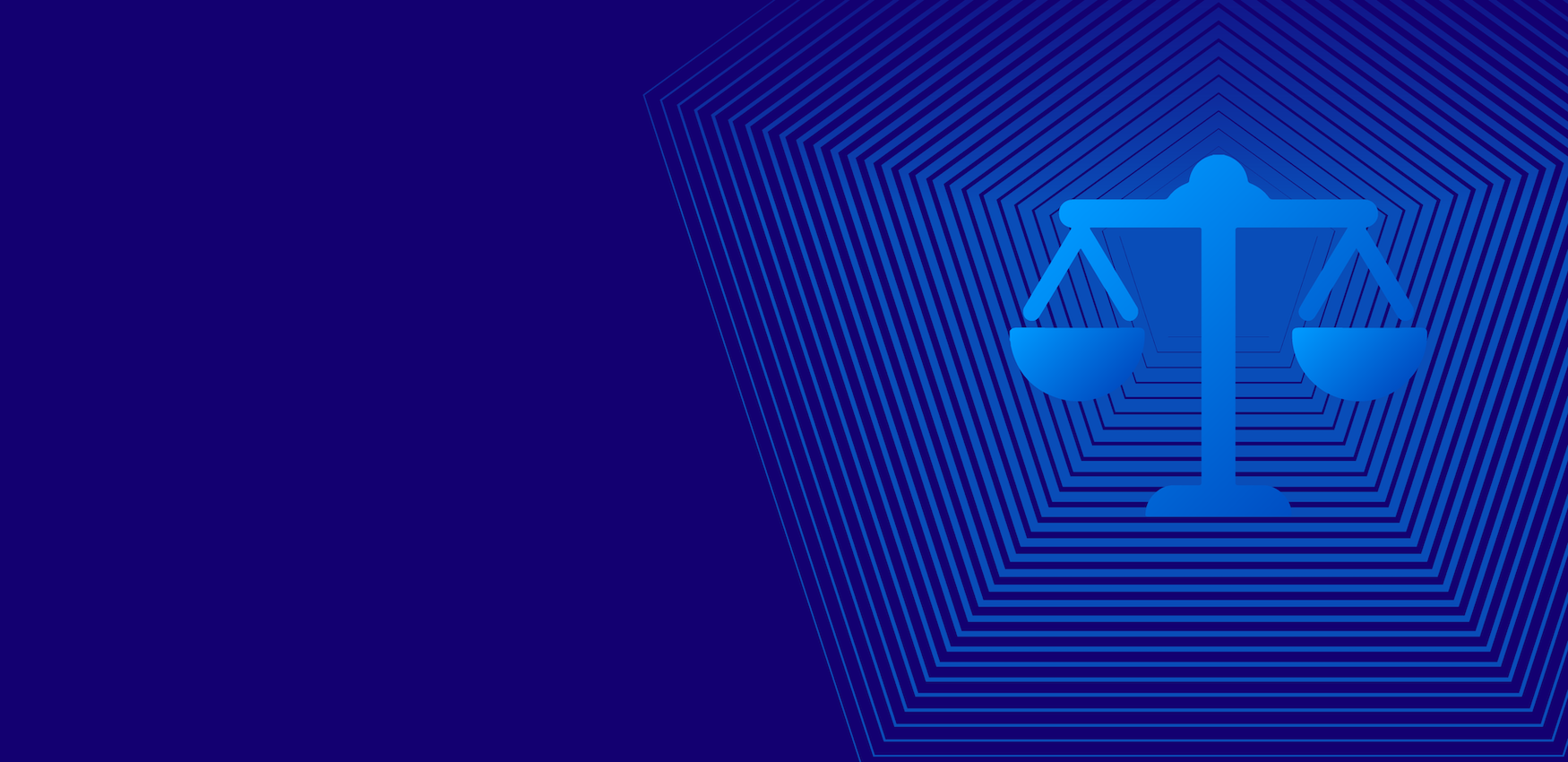Millennials have undoubtedly changed the modern workplace. Almost every new office building bears the hallmarks of millennial work culture. Hot desks, fitness suites, chill out zones doubling as meeting areas, cafes doubling as bars. These features are now seen everywhere, from WeWorks, to insurance brokerages in the city, and beyond.
This is because attracting Millennials is critical for businesses. In the US, people between the ages of 25 to 34 are now the largest demographic in the workplace. Developed economies around the world are observing the same trend and this has forced many companies to reassess how they appeal to a generation that famously prefers work-life balance over huge pay packages.
Take investment banks as an example. Having long been known for their high-pressure working culture and long hours, the world’s largest investment banks can no longer rely on their competitive salaries to attract graduates. In a bid to stop an exodus of young talent leaving the financial industry and moving to more perk-laden jobs in technology, banks have instigated changes squarely aimed at attracting the next generation of workers. The demanding work environments are now expected to be balanced by flexible hours, remote working, and perks, such as free yoga and fitness sessions.
But it is not just the workplace that has seen dramatic changes. Millennials are also fundamentally changing how we work and how teams are communicating with one another. Younger workers, accustomed to instant messaging, social networks, and collaboration tools, are demanding more productive ways of working.
Flexible working requires flexible technology and workers are increasingly turning to platforms that combine their work and private lives. WhatsApp is now used with clients, friends, and colleagues alike. Offices are connected by a range of platforms, from collaboration tools like Slack, to social media networks like Facebook.
This blending of private and corporate lives suits the millennial way of working, but it also comes with significant compliance risks.
LinkedIn is a prime example. Smarsh‘s 2018 Electronic Communications Compliance Survey Report recently found that LinkedIn was the most requested communication channel by employees in 2018. As a social network for professionals, LinkedIn typifies the blending of personal and work lives. Although accounts are personal, users are associated with their employers and most activity on the site relates to corporate work and employees often use LinkedIn instant messaging to communicate with one another.
Due to a number of regulations, such as MiFID II, financial services companies have tight controls over the supervision of platforms that employees use to discuss work matters. As this increasingly includes social media networks like LinkedIn, companies need to be able to ensure that their employees’ accounts are covered by supervision tools. This can be an uncomfortable conversation with employees that want to protect their privacy and personal information.
The key to this challenge is to utilise non-intrusive supervision systems that can cover the plethora of communications platforms that employees use to communicate, without infringing on their privacy.
Smarsh’s Connected Suite captures more than 80 different forms of workplace and electronic communication, spanning email, mobile messaging, social media and voice conversations. This includes LinkedIn, Facebook, Slack, and a range of other platforms that employees are increasingly using in both their work and personal lives. By using a highly sophisticated automated system, the Connected Suite can flag any messages that may cause compliance issues, without the need to manually supervise someone’s personal communications.
This means that companies can continue to attract the next generation of talent and adopt the next generation of communications tools, while not having to worry about the regulatory pitfalls that often comes along with rapid change and progress.
To find out more about the Connected Suite, click here. And to read the 2018 Electronic Communications Compliance Survey Report, click here.
Latest posts by Smarsh (see all)
- Strategic Partnerships Highlighted at SmarshCONNECT 2024 - April 15, 2024
- What Are Financial Firms Saying About 2023’s Regulatory Squeeze? - January 10, 2024
- Form ADV Amendments: Frequently Asked Questions (FAQ) for RIAs - December 6, 2023
